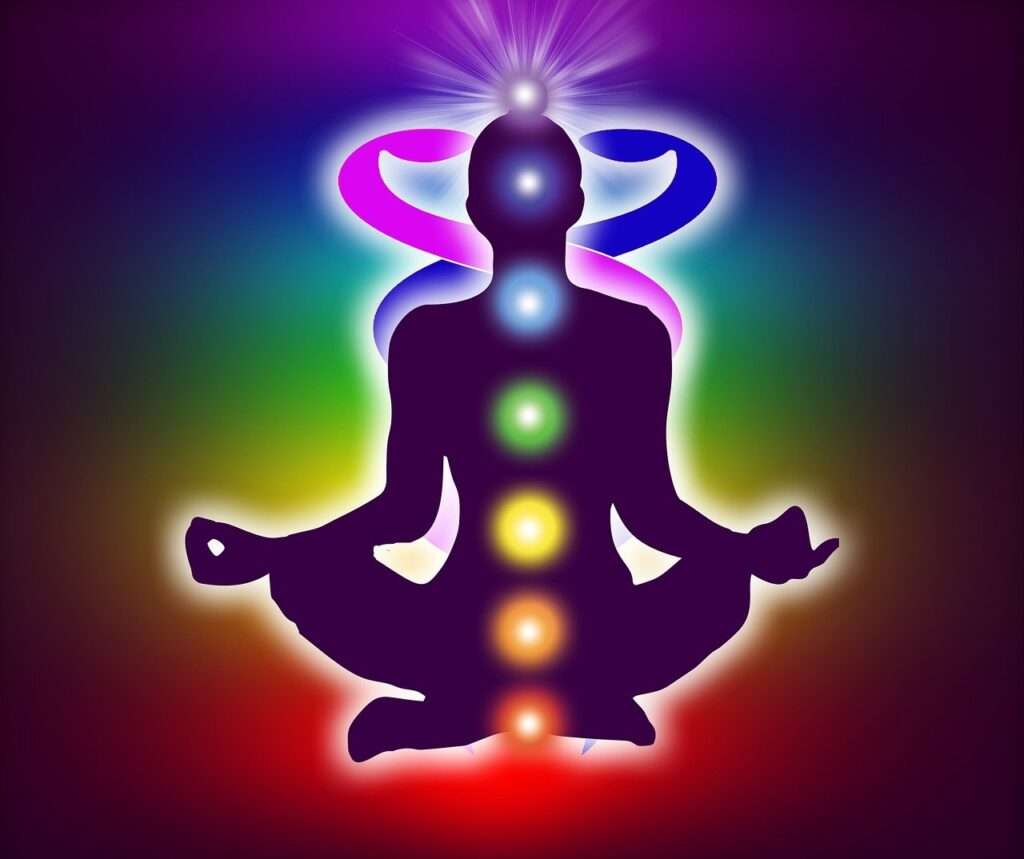Introduction
Mudras are symbolic gestures or positions of the hands and fingers that are used in yoga, meditation, and other spiritual practices. They are believed to have various effects on the body, mind, and energy flow, depending on the type of mudra. In this blog post, we will explore 11 Powerful Mudras and their benefits, as well as how to practice them correctly.
Table of Contents
What are Mudras
The word mudra comes from the Sanskrit root “mud”, which means “to delight” or “to please”. Mudras are also known as “seals” or “locks”, because they seal or lock the energy in certain channels or areas of the body. Mudras are often used in conjunction with breathing techniques (pranayama) and mantras (sacred sounds) to enhance their effects.
Mudras can be classified into five categories, according to the element they represent: earth, water, fire, air, and space. Each element corresponds to a different aspect of our being, such as physical, emotional, mental, spiritual, and cosmic. By practicing mudras, we can balance these elements and harmonize our whole system.
Mudras can be practiced by anyone, regardless of age, gender, or health condition. They are simple and easy to do, and can be done anywhere and anytime. However, it is advisable to consult a doctor before practicing mudras if you have any serious medical condition or are pregnant.
How to Practice Mudras
To practice mudras, you need to sit comfortably in a quiet place, preferably with your spine straight and your eyes closed. You can also practice mudras while lying down, standing up, or walking, as long as you are relaxed and focused. You can choose one mudra or combine several mudras in a sequence, depending on your intention and preference.
To perform a mudra, you need to place your hands and fingers in a specific position, as shown in the pictures below. You can use either one hand or both hands for most mudras. You need to apply a gentle pressure between the fingers or palms, but not too much that it causes tension or pain. You need to hold the mudra for at least a few minutes, or as long as you feel comfortable. You can also repeat the mudra several times a day.
While holding the mudra, you need to breathe deeply and slowly through your nose. You can also chant a mantra or affirm a positive statement that matches your intention. For example, if you are practicing a mudra for peace, you can chant “Om Shanti” or affirm “I am peaceful”. You need to be aware of the sensations and changes that occur in your body, mind, and energy as you practice the mudra.
11 common mudras and their benefits that you can try for yourself:
1. Anjali Mudra
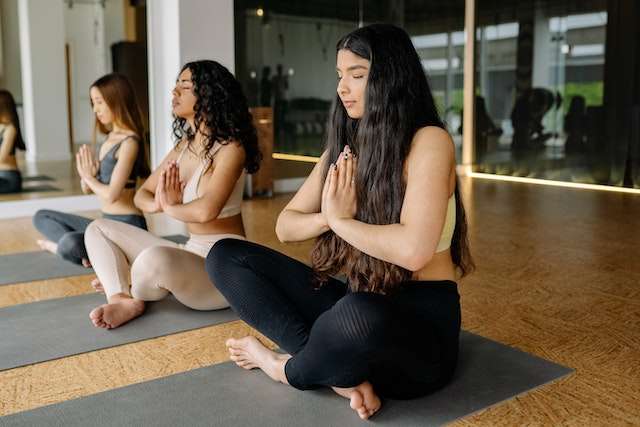
Anjali Mudra is also known as Namaste Mudra or Prayer Mudra. It is one of the most popular and universal mudras that is used in many cultures and religions. It symbolizes respect, gratitude, and devotion.
To perform Anjali Mudra, you need to bring your palms together in front of your heart center. Your fingers should point upwards and your thumbs should touch your chest. You need to bow your head slightly and close your eyes.
Anjali Mudra has many benefits, such as:
It calms the mind and reduces stress.
It balances the left and right hemispheres of the brain.
It activates the heart chakra and promotes love and compassion.
It enhances concentration and focus.
It strengthens the immune system and lowers blood pressure.
You can practice Anjali Mudra at any time of the day, especially before or after a yoga session or meditation. You can also use it to greet someone or express gratitude.
2. Chin Mudra
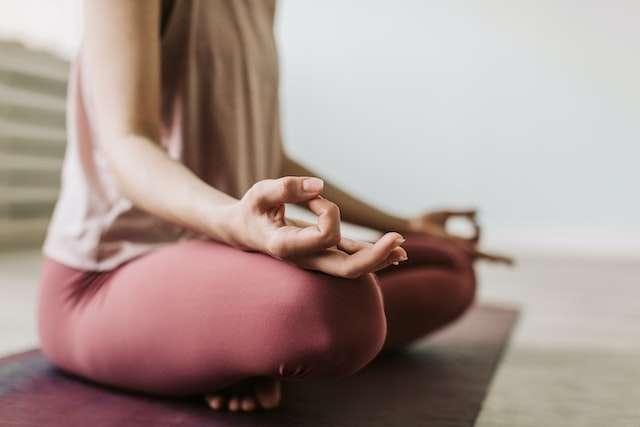
Chin Mudra is also known as Gyan Mudra or Jnana Mudra. It is one of the most common mudras that is used in yoga and meditation. It symbolizes knowledge, wisdom, and enlightenment.
To perform Chin Mudra, you need to touch the tip of your thumb with the tip of your index finger on each hand. The other three fingers should be extended and relaxed. You need to place your hands on your knees or thighs with your palms facing up.
Chin Mudra has many benefits, such as:
It stimulates the brain and improves memory and cognition.
It activates the crown chakra and connects you with your higher self.
It enhances intuition and creativity.
It reduces anxiety and depression.
It improves sleep quality and prevents insomnia.
You can practice Chin Mudra at any time of the day, especially during meditation or pranayama. You can also use it to boost your mental performance or mood.
3. Prana Mudra
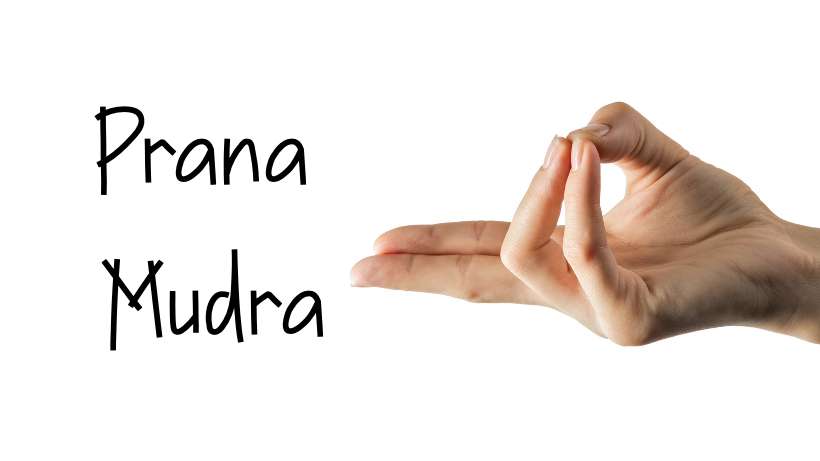
Prana Mudra is also known as Life Force Mudra or Energy Mudra. It is one of the most powerful mudras that is used to increase vitality and health. It symbolizes the flow of prana, the universal life force, in the body.
To perform Prana Mudra, you need to touch the tips of your thumb, ring finger, and little finger on each hand. The other two fingers should be extended and relaxed. You need to place your hands on your knees or thighs with your palms facing up.
Prana Mudra has many benefits, such as:
It boosts the immune system and fights infections and diseases.
It activates the root chakra and grounds you in the present moment.
It increases stamina and endurance.
It improves blood circulation and oxygenation.
It balances the doshas (the three energies that govern the body) and harmonizes the elements.
You can practice Prana Mudra at any time of the day, especially when you feel tired, weak, or sick. You can also use it to energize your body and mind.
4. Apana Mudra
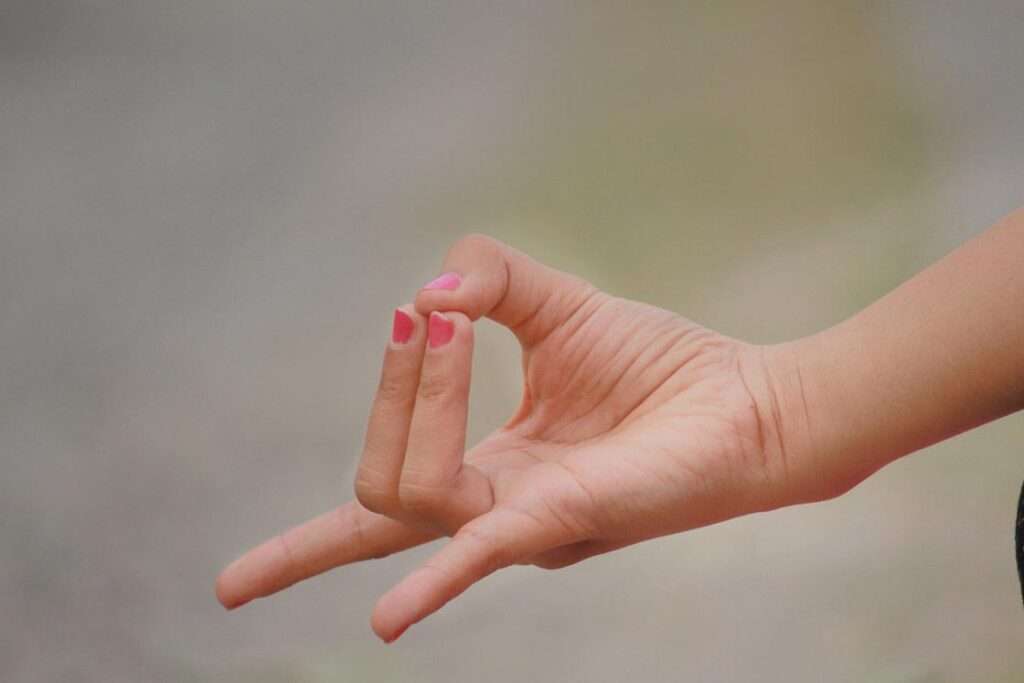
Apana Mudra is also known as Detoxification Mudra or Purification Mudra. It is one of the most beneficial mudras that is used to cleanse and detoxify the body. It symbolizes the elimination of waste and toxins from the system.
To perform Apana Mudra, you need to touch the tips of your thumb, middle finger, and ring finger on each hand. The other two fingers should be extended and relaxed. You need to place your hands on your knees or thighs with your palms facing down.
Apana Mudra has many benefits, such as:
It stimulates the digestive system and improves metabolism.
It activates the sacral chakra and regulates the reproductive organs.
It aids in weight loss and prevents obesity.
It relieves constipation, gas, bloating, and indigestion.
It purifies the blood and skin.
You can practice Apana Mudra at any time of the day, especially before or after a meal or a bowel movement. You can also use it to support your detox program or diet.
5. Vayu Mudra
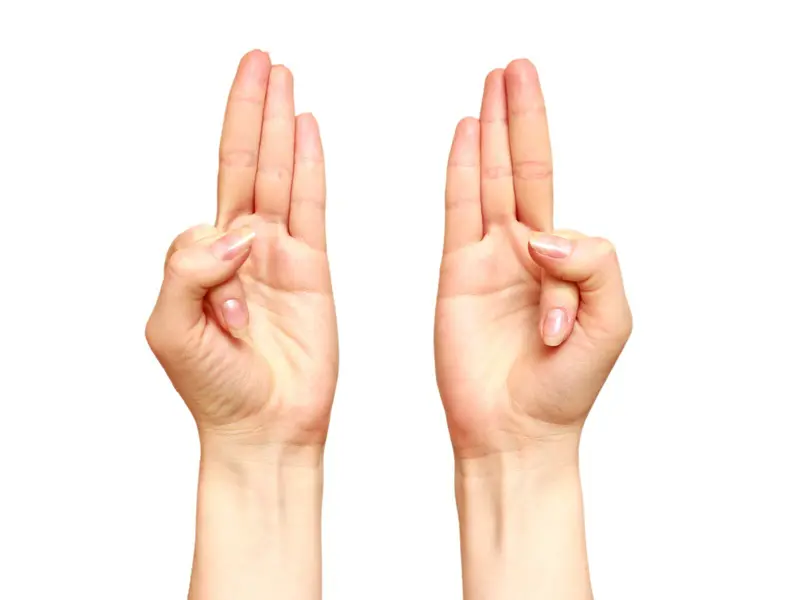
Vayu Mudra is also known as Air Mudra or Wind Mudra. It is one of the most effective mudras that is used to balance the air element in the body. It symbolizes the movement and flexibility of the mind and body.
To perform Vayu Mudra, you need to fold your index finger and press it with your thumb on each hand. The other three fingers should be extended and relaxed. You need to place your hands on your knees or thighs with your palms facing up.
Vayu Mudra has many benefits, such as:
It calms the nervous system and reduces stress.
It activates the throat chakra and improves communication and expression.
It alleviates pain and inflammation in the joints and muscles.
It cures headaches, migraines, vertigo, and ear problems.
It regulates blood pressure and heart rate.
You can practice Vayu Mudra at any time of the day, especially when you feel restless, anxious, or tense. You can also use it to relieve pain or discomfort in any part of the body.
6. Shunya Mudra
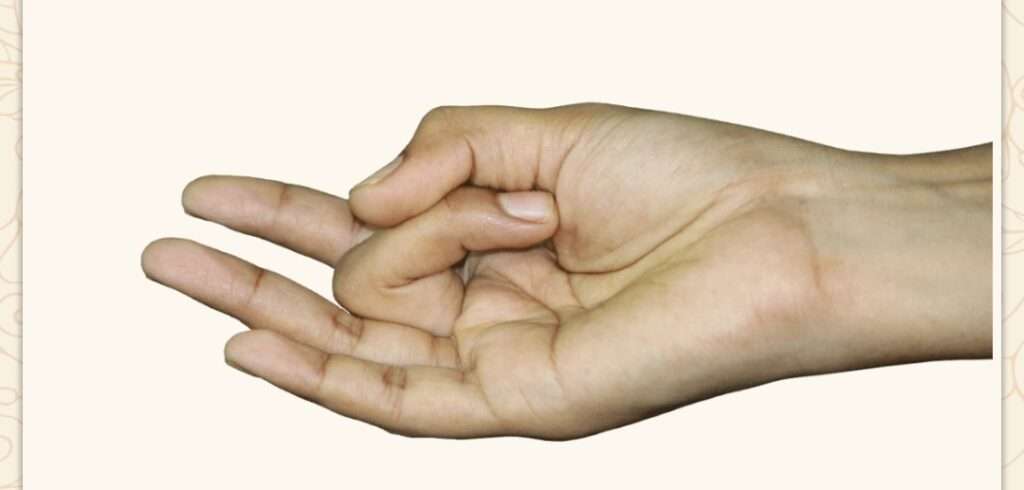
Shunya Mudra is also known as Space Mudra or Void Mudra. It is one of the most profound mudras that is used to expand the consciousness and awareness. It symbolizes the emptiness and silence that pervades everything.
To perform Shunya Mudra, you need to fold your middle finger and press it with your thumb on each hand. The other three fingers should be extended and relaxed. You need to place your hands on your knees or thighs with your palms facing up.
Shunya Mudra has many benefits, such as:
It stimulates the pineal gland and enhances intuition and perception.
It activates the third eye chakra and opens up psychic abilities.
It increases mental clarity and concentration.
It reduces noise and distractions in the mind.
It heals ear infections, hearing loss, tinnitus, and deafness.
You can practice Shunya Mudra at any time of the day, especially during meditation or pranayama. You can also use it to improve your vision or hearing.
7.Varun Mudra
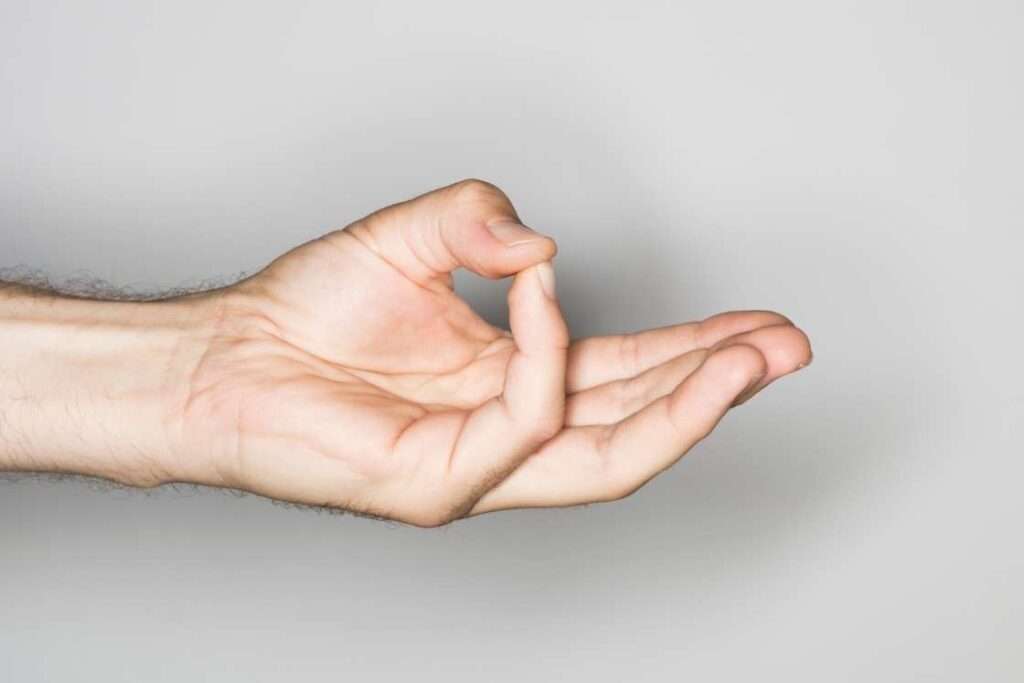
Varun mudra is also known as jal-vardhak mudra or water-increasing mudra. It is formed by touching the tip of the little finger with the tip of the thumb, while keeping the other fingers straight.
Varun mudra is beneficial for:
Hydrating the body and preventing dehydration
Moisturizing the skin and improving its texture and glow
Enhancing the taste buds and digestion
Purifying the blood and removing toxins
Reducing dryness, itching, or inflammation in the eyes, nose, mouth, or throat
Balancing the water element and the kapha dosha in the body
8.Apana Vayu Mudra
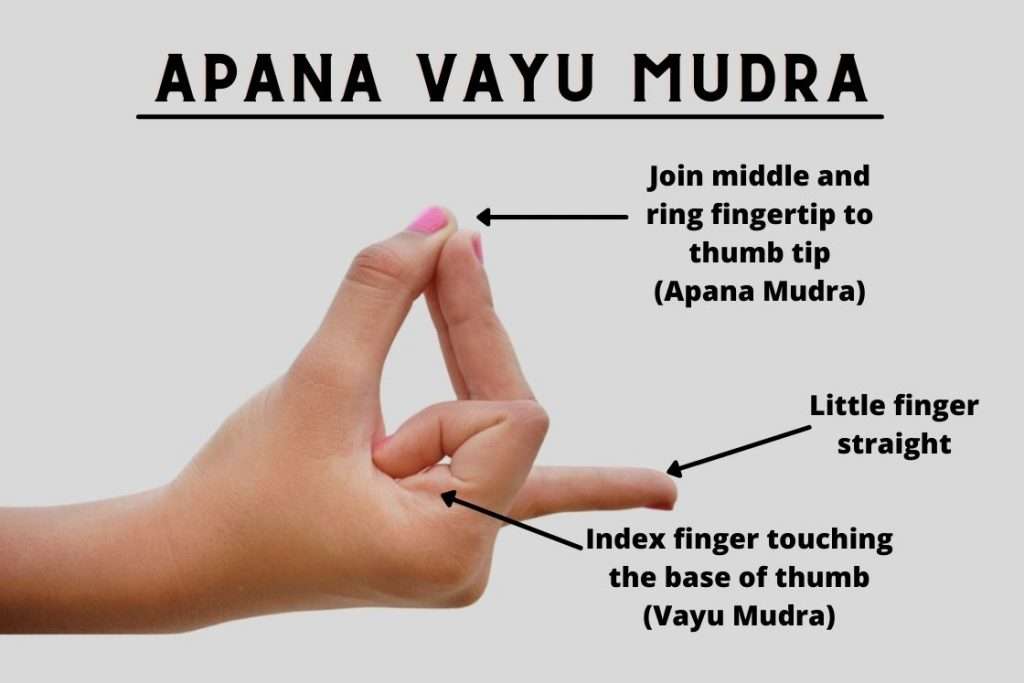
Apana vayu mudra is also known as mrit-sanjeevani mudra or life-saving mudra. It is formed by folding the index finger to touch the base of the thumb, touching the tip of the middle finger and ring finger with the tip of the thumb, and keeping the little finger straight.
Apana vayu mudra is beneficial for:
Strengthening the heart and preventing or curing heart diseases
Lowering blood pressure and cholesterol levels
Regulating the heartbeat and preventing palpitations or arrhythmia
Improving blood circulation and oxygen supply to the heart and body
Relieving chest pain, angina, or heartburn
Balancing the air element and the vata dosha in the body
9.Linga Mudra
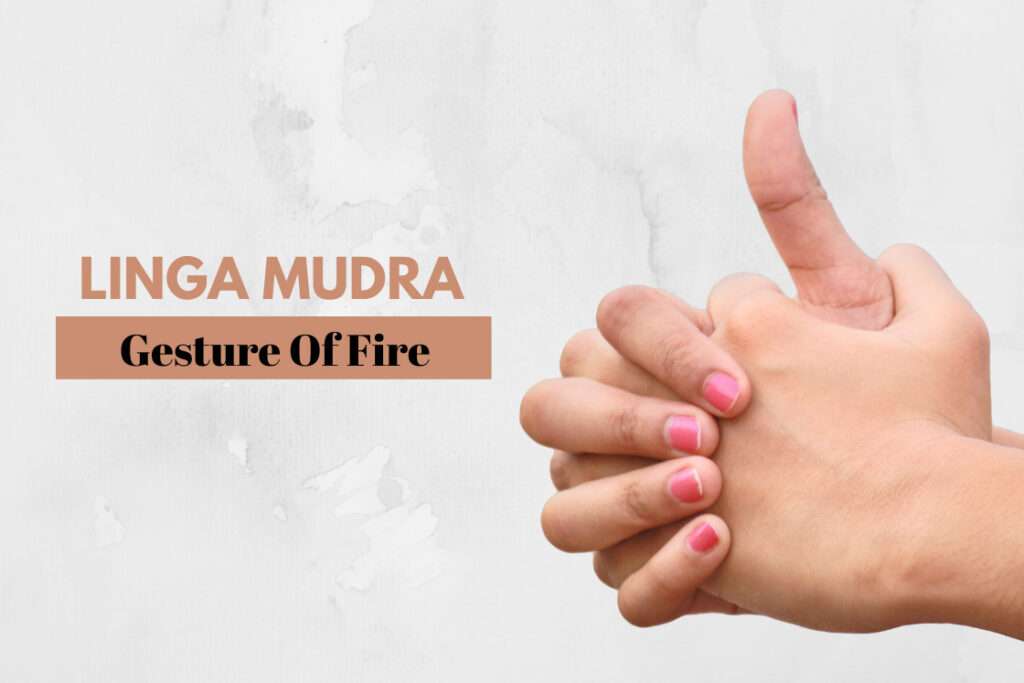
Linga mudra is also known as agni-vardhak mudra or fire-increasing mudra. It is formed by interlocking the fingers of both hands, keeping the left thumb upright, and encircling it with the right thumb and index finger.
Linga mudra is beneficial for:
Increasing body temperature and metabolism
Burning fat and calories and aiding weight loss
Boosting immunity and fighting infections
Enhancing energy, vitality, and stamina Reducing cold, cough, asthma, or bronchitis
Balancing the fire element and the pitta dosha in the body
10.Shankh Mudra
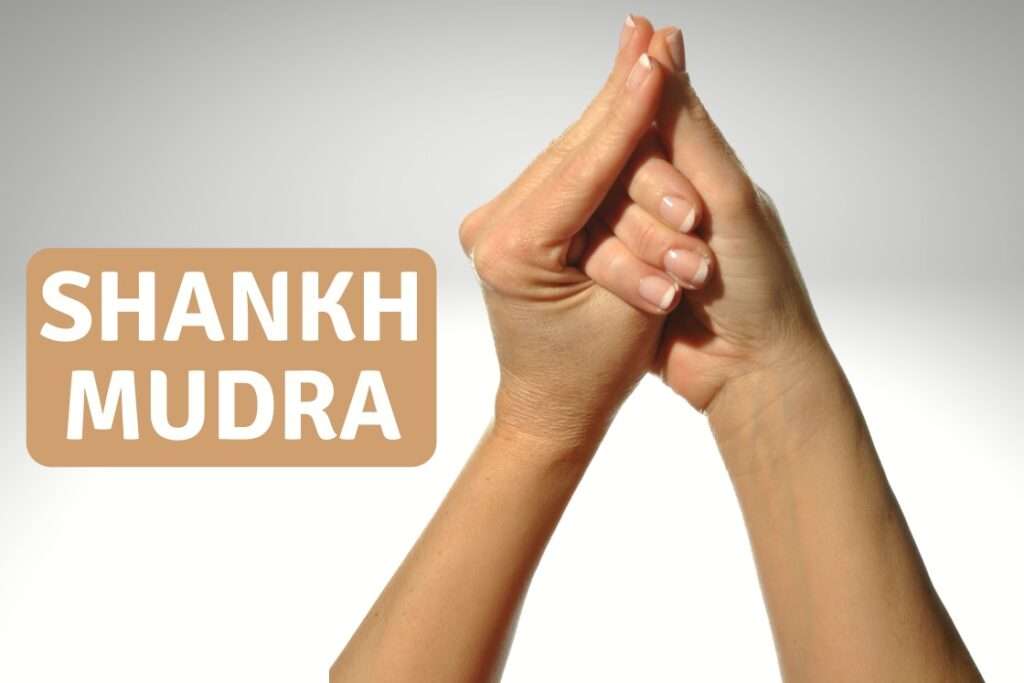
Shankh mudra is also known as conch shell mudra or sound-enhancing mudra. It is formed by wrapping the fingers of the left hand around the right thumb, touching the tip of the right index finger with the tip of the left thumb, and keeping the other fingers straight.
Shankh mudra is beneficial for:
Improving hearing ability and preventing or curing deafness
Clearing ear infections or wax buildup
Enhancing speech ability and preventing or curing stammering
Strengthening vocal cords and throat chakra
Reducing throat pain, soreness, or inflammation
Balancing the space element and the vata dosha in the body
11.Maha Mudra
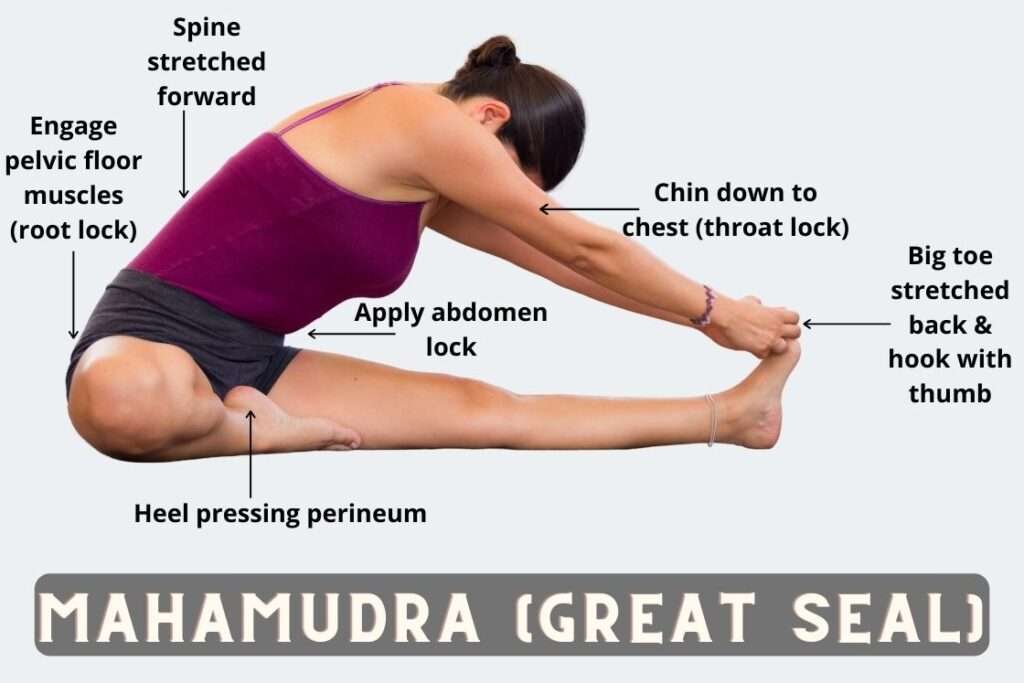
Maha mudra is also known as great seal or great gesture. It is formed by placing one hand on top of another on your lap, palms facing up, with your thumbs touching each other.
Maha mudra is beneficial for:
Activating all chakras and awakening kundalini energy
Enhancing spiritual awareness and intuition
Expanding consciousness and transcending limitations
Achieving inner peace, bliss, and enlightenment
Harmonizing all elements and doshas in the body
Integrating body, mind, soul, and spirit
Conclusion
Mudras are powerful tools that can help us improve our health, happiness, and harmony. They are easy to practice and can be done anytime, anywhere. They can also be combined with other practices such as meditation, pranayama, or asana for greater benefits.
frequently asked questions
- What are mudras in yoga?
Mudras are symbolic hand gestures used in yoga and meditation to channel the flow of energy within the body and stimulate specific mental, emotional, and spiritual states. - How do mudras work?
Mudras work by creating subtle energy circuits within the body. When certain fingers or parts of the hand come into contact, they activate specific energy channels known as nadis, which influence the flow of prana (life force) throughout the body. - What are the benefits of practicing mudras?
Mudras offer a wide range of benefits, including improved concentration, relaxation, stress reduction, enhanced physical health, emotional balance, and increased self-awareness. - Can anyone practice mudras?
Yes, anyone can practice mudras. They are generally safe and suitable for people of all ages and fitness levels. However, individuals with certain medical conditions or pregnant women should consult a qualified yoga instructor or healthcare professional before practicing specific mudras. - When is the best time to practice mudras?
Mudras can be practiced at any time of the day, but early morning or during meditation and yoga sessions are particularly beneficial for maximum effect. - Do mudras have an immediate effect?
The effects of mudras can vary from person to person. Some people may experience immediate results, such as a sense of calmness, while for others, the effects may be more subtle and develop gradually over time with regular practice. - How long should one hold a mudra?
The duration of holding a mudra can vary depending on the specific mudra and its purpose. Generally, holding a mudra for 5 to 15 minutes during meditation or as part of a yoga practice is recommended. - Can mudras cure diseases?
While mudras can support overall health and well-being, they are not a replacement for medical treatment. They are considered complementary practices that may aid in improving certain health conditions but should not be relied upon as the sole treatment for diseases. - Are there any contraindications for mudras?
Although mudras are generally safe, some mudras might not be suitable for certain medical conditions or during pregnancy. People with hand injuries, joint issues, or other health concerns related to hand movements should also be cautious and seek guidance from a qualified instructor. - Can mudras be combined with other yoga practices?
Yes, mudras can be combined with other yoga practices such as asanas (physical postures), pranayama (breath control), and meditation to enhance their effects and create a more comprehensive yoga practice.
Remember that while mudras can be beneficial, they are just one aspect of yoga. Practicing yoga holistically, incorporating various elements like asanas, pranayama, and meditation, can lead to a more balanced and harmonious practice.

